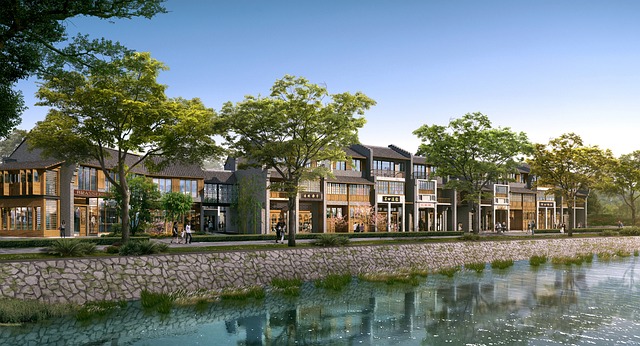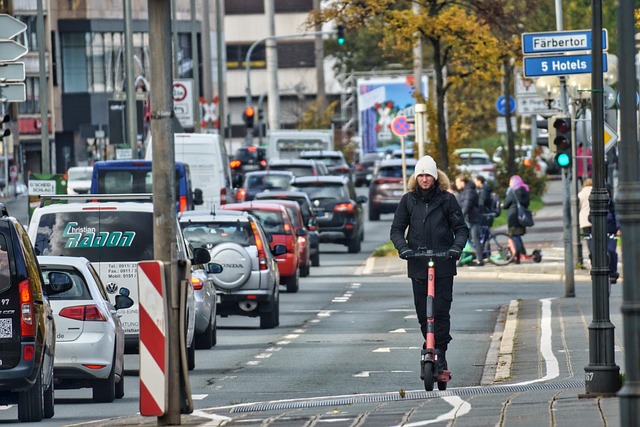Creating Healthier Cities Through Urban Greening
In the bustling rhythm of city life, mobility shapes our daily experiences. The ways we move—walking, cycling, driving, or using public transport—define not only how efficiently we navigate urban spaces but also how connected we feel to our surroundings. Amidst this dynamic, urban greening emerges as a transformative force, weaving nature into the fabric of mobility and redefining the urban journey.
Bridging Nature and Movement
Imagine strolling down a street lined with lush trees, the canopy offering shade and filtering the air, or cycling along a green corridor where wildflowers bloom and birdsong replaces the hum of engines. Urban greening projects create such environments, enhancing not just aesthetics but also the very quality of movement. These green interventions soften the harshness of concrete jungles, making travel more inviting, healthier, and sustainable.
Enhancing Active Mobility
One of the most profound impacts of urban greening is on active mobility—walking and cycling. Green pathways and parks encourage people to choose these modes over cars, promoting physical health and reducing pollution. When streets incorporate green elements, they become safer and more pleasant, inviting residents to linger, socialize, and appreciate their community, thus nurturing a sense of belonging.
Reducing Barriers and Connecting Communities
Urban greening also plays a vital role in dismantling mobility barriers. Tree-lined boulevards and green bridges can connect neighborhoods previously divided by highways or industrial zones, fostering inclusivity and accessibility. These green links serve as vital arteries, not only for movement but for social and cultural exchange, making cities more cohesive and resilient.
Mitigating Environmental Challenges
From a mobility standpoint, green infrastructure cools urban heat islands and manages stormwater runoff, creating more comfortable conditions for commuters. Reduced heat and improved air quality encourage walking and cycling, while sustainable drainage prevents disruptions caused by flooding. Urban greening thus supports a more reliable and pleasant mobility network, aligned with environmental resilience.
Inspiring a Shift Towards Sustainability
At its heart, urban greening invites us to rethink mobility—not just as a means to get from point A to B, but as an experience enriched by nature and mindful of our planet. By embedding greenery into streets and transit routes, cities can foster mindful travel habits that prioritize health, community, and ecological balance. This shift encourages us to envision urban mobility not as a race against time but as a meaningful journey intertwined with the living landscape.



